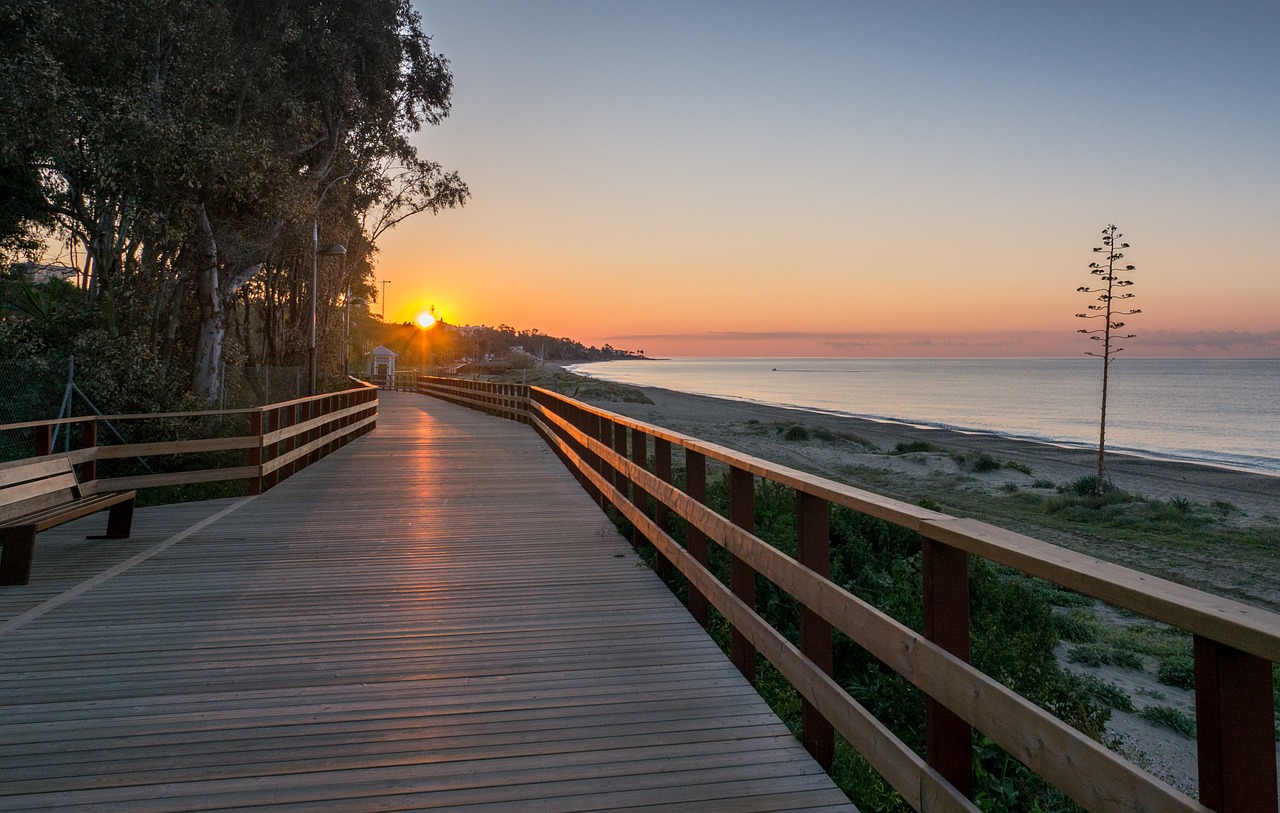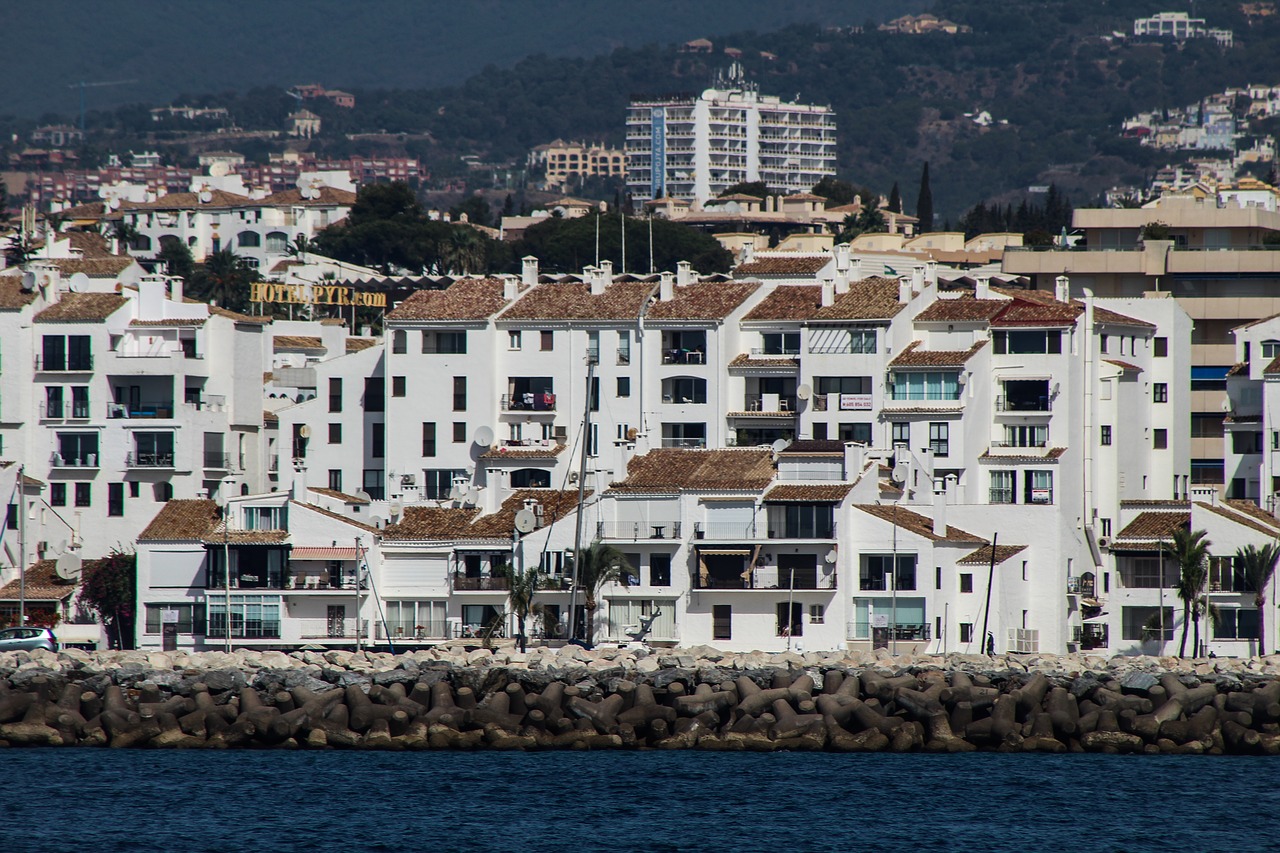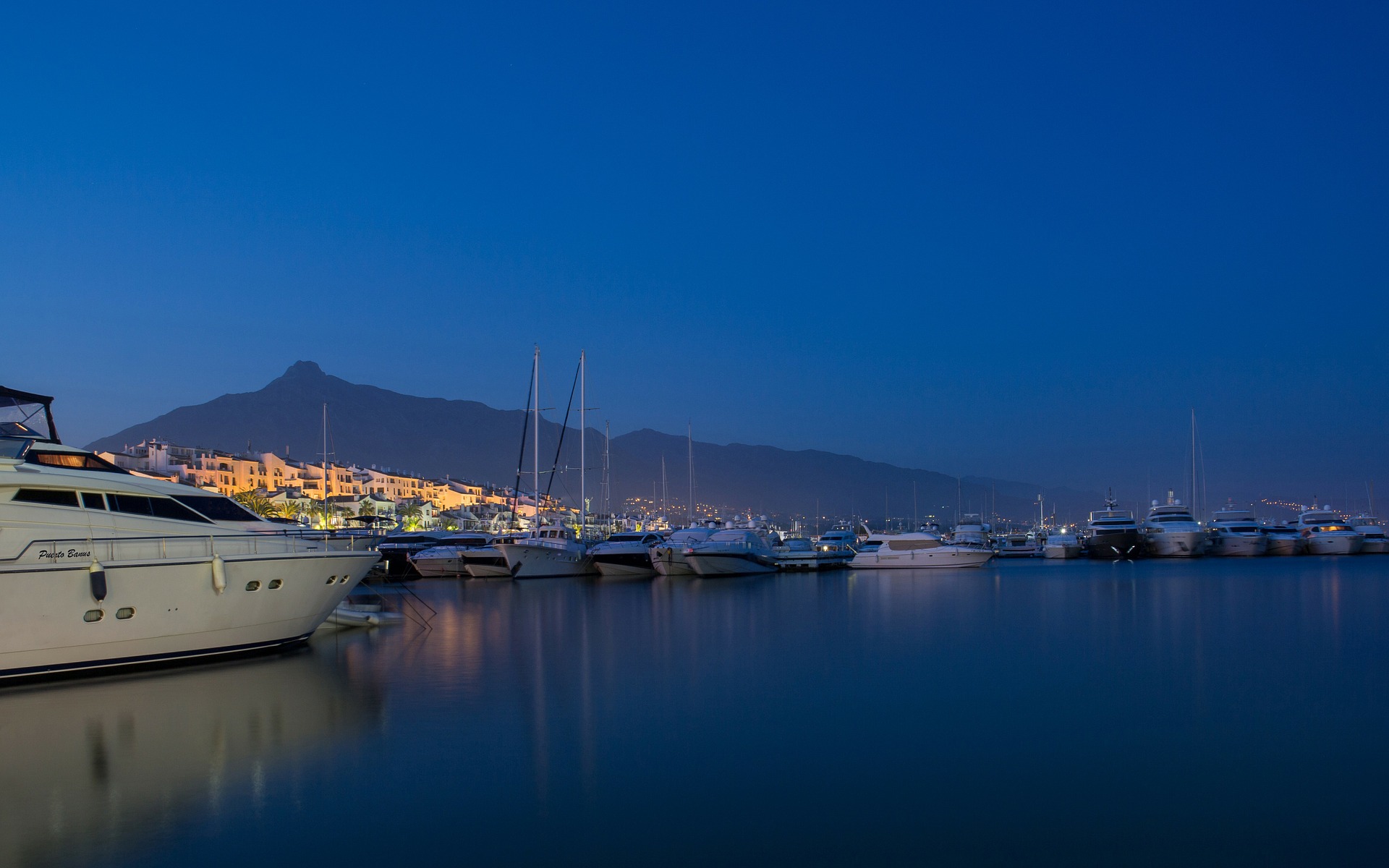Marbella
Marbella is a beautiful coastal city which is a major destination for tourists exploring the Spanish coastline. Its location is rather strategic, between the Strait of Gibraltar and Malaga – on the coast of the Mediterranean Sea. A pleasant climate and several tourist attractions around the city turned it into a hotspot for wealthy visitors. It is also famous for several cultural events and archaeological sightseeing tours. Marbella may be a prime choice for foreign tourists who have money to splurge but it is no less enticing for the mass either.
Since the 70s, Marbella has been renowned as a playground for the rich and famous. Yet underneath all the swagger, there is so much more to Marbella. It has a wonderfully cosmopolitan atmosphere, exudes charisma; attracting visitors for its many facets: diverse beaches, mild climate, multitude of leisure facilities, including some of the best golf courses in Europe; Michelin star restaurants, world-class nightlife and International luxury shopping brands.
Marbella is a charming, warm and welcoming city, beguiling to all who visit her. So it’s no surprise that time and again, it tops the most visited city in Spain list. Who wouldn’t want a piece of the action in Marbella?
Marbella’s motto is “a way of life», if you are looking for a holiday that offers great beaches, wonderful all-year round climate, unique leisure facilities, gastronomy and entertainment, then choose Marbella, its way of life will enchant you.
The old town
The old town of Marbella includes the ancient city walls and the two historical suburbs of the city, the Barrio Alto, which extends north, and the Barrio Nuevo, located to the east. The ancient walled city retains nearly the same layout as in the 16th century. Here is the Plaza de los Naranjos, an example of Castilian Renaissance design, its plan laid out in the heart of Old Town after the Christian reconquest. Around the square are arranged three remarkable buildings: the town hall, built in 1568 by the Catholic Monarchs in Renaissance style, the Mayor’s house, which combines Gothic and Renaissance elements in its façade, with a roof of Mudejar style and fresco murals inside, and the Chapel of Santiago, the oldest religious building in the city, built earlier than the square and not aligned with it, believed to date from the 15th century. Other buildings of interest in the centre are the Church of Santa María de la Encarnación, built in the Baroque style starting in 1618, the Casa del Roque, and the remains of the Arabic castle and defensive walls; also in the Renaissance style are the Capilla de San Juan de Dios (Chapel of St. John of God), the Hospital Real de la Misericordia (Royal Hospital of Mercy) and the Hospital Bazán which now houses the Museum of Contemporary Spanish Engravings.

 +34 685643325
+34 685643325



